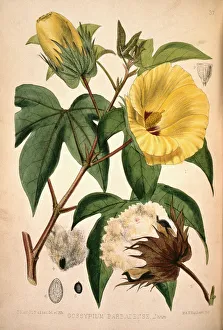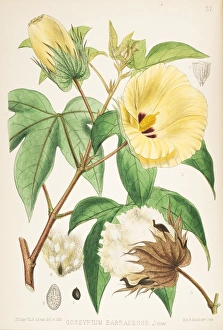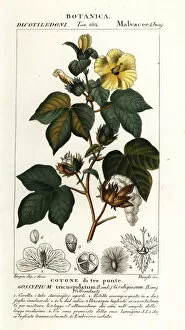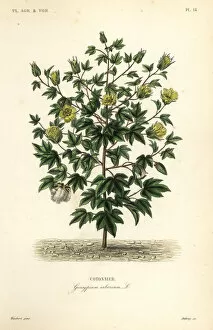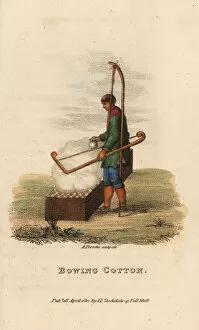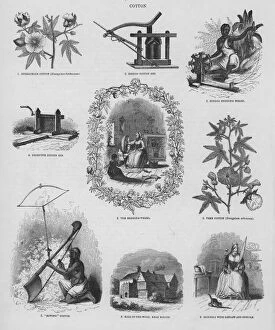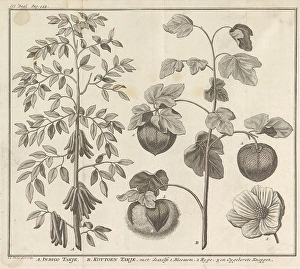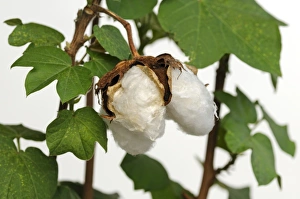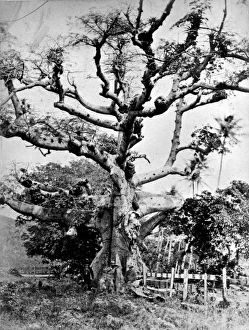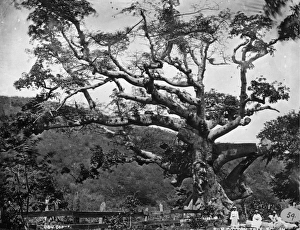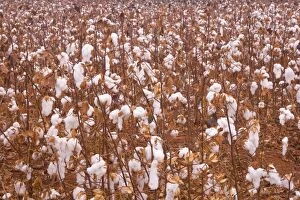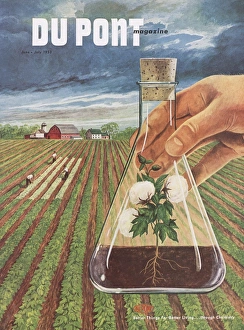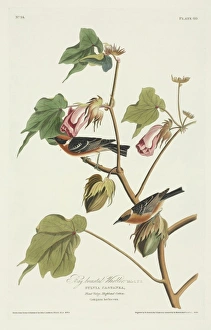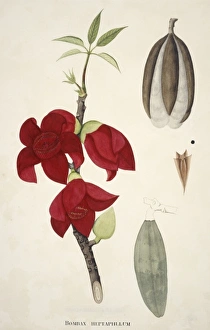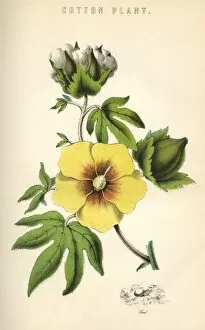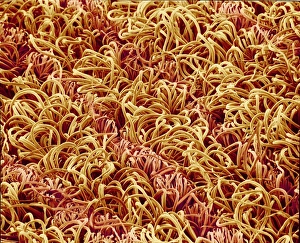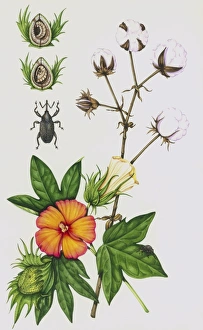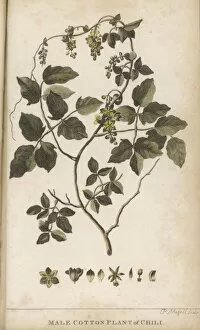Gossypium Collection
"Gossypium: The Versatile Cotton Plant" Gossypium, commonly known as the cotton plant
All Professionally Made to Order for Quick Shipping
"Gossypium: The Versatile Cotton Plant" Gossypium, commonly known as the cotton plant, is a fascinating botanical wonder that has played a significant role in shaping our history and economy. With various species such as Gossypium barbadense (Sea Island Cotton), Gossypium hirsutum (Mexican cotton), Gossypium arboreum (Tree cotton), and Gossypium herbaceum (Common cotton), this versatile plant has captured the attention of civilizations throughout time. One of the most sought-after varieties is Sea Island Cotton, scientifically known as Gossypium barbadense. Renowned for its exceptional quality fibers, it has been cultivated on the islands of Barbados since ancient times. Its silky texture and lustrous sheen make it highly desirable in luxury textiles. Another notable species is Mexican cotton or Gossypium hirsutum, which thrives in warmer climates. This type of cotton boasts robust fibers used extensively in textile production worldwide. Interestingly, during the Qing Dynasty in China, there was even a unique practice called "Chinese man bowing cotton. " It involved individuals manually picking up fallen pieces of lint from harvested fields to ensure no waste occurred—a testament to their dedication towards maximizing resources. The historical significance doesn't end there; Levant cotton and tea plants were often grown side by side due to their complementary growth patterns. This strategic cultivation allowed farmers to optimize land usage while reaping benefits from both crops simultaneously. Engravings depicting various stages of cultivating and processing cotton have provided invaluable insights into traditional practices passed down through generations. These visual representations showcase how humans have mastered techniques like harvesting sprigs from mature plants with precision—highlighting our deep connection with nature's bounty. As we marvel at these captivating glimpses into gossypium's rich heritage, let us appreciate its enduring impact on global trade and fashion industries alike.

